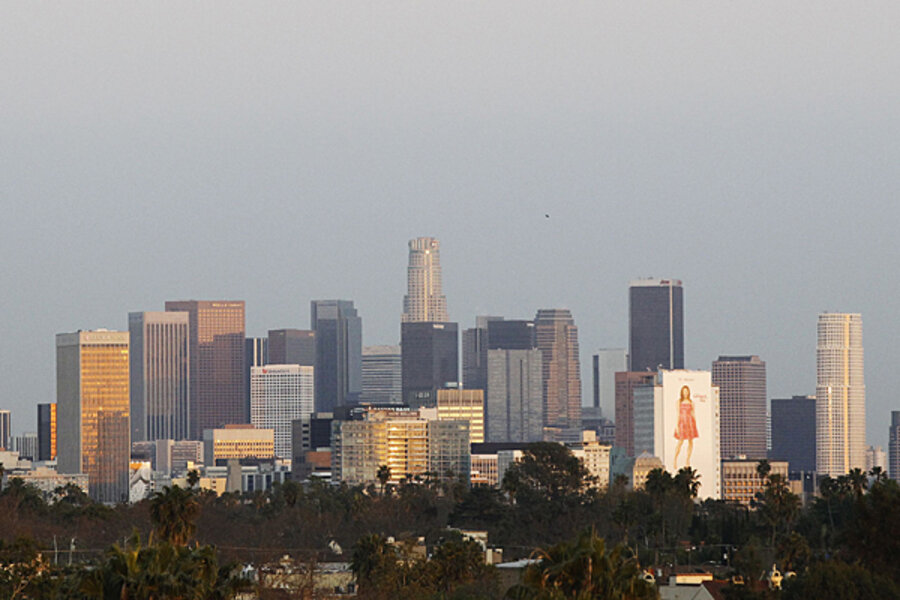Californians support coal despite LA plan to ban it
Loading...
Clean coal technology enjoys majority support among California voters. It is especially interesting that this support is broad-based, encompassing majorities of Republican, Democratic and voters declining to state a party affiliation. Given that the most important issues to California voters are “jobs and the economy”, voter sentiment that the state’s energy policies have made it less competitive should be a red flag to Sacramento legislators.
In a recent survey of California voters, nearly 57% answered yes when they were asked “Do you support or oppose developing new clean coal power plants in California?”
When asked the question, “Do you think that California’s energy policies have made the state more or less competitive?”, more than 43% answered yes. And particularly telling is the fact that nearly one-quarter of California voters (24.7%) feel that the state’s energy policies have made the state far less competitive.
These numbers are in stark contrast to comments recently made by Los Angeles Mayor Antonio Villaraigosa when he announced that the city will become the only city in America that won’t get any electricity from coal by the year 2025.
Recently, Jack Humphreville, president of the Department of Water and Power (DWP) advocacy committee said, “Over the next five years, our rates are supposed to increase 36 percent according to DWP projections, and according to other documents from DWP they’re going to double over the next 10 years.” Humphreville also said that the higher cost to buy electricity from other sources will be passed along to rate payers.
According to KABC, right now electricity from the Navajo Generating Station in Arizona and the Intermountain Power Project in Utah make up 39% of the energy purchased by the DWP. Under the plan, the city will sell its share in the Navajo plant and convert the plant in Utah to natural gas.
“The problem that I have is that nobody has told us what this is going to cost,” said Humphreville. “In the past, DWP numbers indicated that the early phase out of Navajo was going to cost us $800 million, and the early phase out of the Utah facility was going to cost us $1 billion.”
That’s why affordable, stable electricity from coal remains essential to this country. We need this natural resource—there is more than two centuries of coal in the U.S.—to keep the doors open at small businesses, power our hospitals and keep assembly lines running at manufacturing plants across the country.
Coal-based electricity is one of the least expensive, most reliable means of producing electricity, and it’s a central part of the American energy portfolio. Not only that, coal has a long history of providing energy to Americans.
America has depended on the reliable and abundant coal that comes from our land and powers our lives for more than a century. With the energy in America’s coal reserves being roughly equal to the world’s known oil reserves, it’s clear that coal should continue to be a reliable source of electricity for all of us.
[Editor's note: Survey results come from a February 2013 poll by Probolsky Research for Clean Coal USA.]








